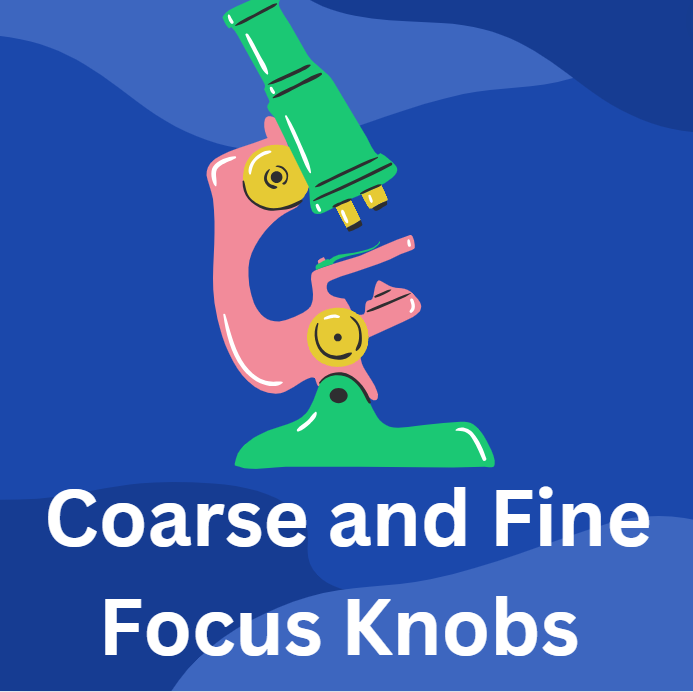When using a microscope, you’ve probably noticed two knobs on the side—the coarse and fine focus knobs. But what exactly do they do? These seemingly simple tools play a crucial role in how we view and understand the microscopic world. Whether you’re a curious beginner or just want to refresh your knowledge, this article will break it all down for you.
Table of Contents
1. Introduction
So What Do the Coarse and Fine Focus Knobs Do? Imagine trying to look at something tiny like a single cell, and all you see is a blur. The coarse and fine focus knobs are there to sharpen that image, bringing the invisible to life. This article will help you understand the role of these knobs and how they impact your ability to observe microscopic details clearly.
2. What Are Focus Knobs?
Focus knobs are the essential tools used to adjust the clarity of an object viewed through a microscope. They help move the objective lens closer to or farther from the slide. While both the coarse and fine focus knobs serve this purpose, they do so in very different ways.
3. Difference Between Coarse and Fine Focus
So, what’s the big difference between these two knobs? The coarse focus knob is designed for large, sweeping adjustments, while the fine focus knob is for precise, small adjustments. Think of them as the two halves of a magnifying glass: one part zooms in quickly, while the other helps you fine-tune what you’re looking at.
4. How Does the Coarse and Fine Focus Knobs works ?
The coarse focus knob moves the stage or the objective lens dramatically, allowing you to bring your sample into general focus quickly. It’s like a big leap in getting closer to your goal. When you first place a slide on the microscope stage, you use the coarse focus knob to bring the object into view.
Example in Action:
Imagine you’re using binoculars to look at a bird far away. The first turn of the focus wheel brings the bird into view, even though it’s still a bit blurry—that’s your coarse focus knob at work.
5. How Does the Fine Focus Knob Work?
Once the coarse focus knob has done its job, the fine focus knob comes into play. It helps you make tiny adjustments to sharpen the image. This knob is essential for detailed, high-resolution work, allowing you to get the clearest possible view of your sample.
Think of It Like:
If the coarse focus is like bringing a camera lens close to a subject, the fine focus is like adjusting the zoom to perfect the shot.
6. When to Use the Coarse Focus Knob
You’ll want to use the coarse focus knob when you first place a slide under the microscope. This is especially important if you’re using low magnification (for instance, 4x or 10x). It quickly brings the object into view so you can start observing.
7. When to Use the Fine Focus Knob
On the other hand, the fine focus knob is used after you’ve already found your subject with the coarse focus. You’ll need the fine focus knob when you’re working with higher magnification (like 40x or 100x), as it allows you to make minute changes and get that perfect sharpness.
8. Why Both Coarse and Fine Focus Knobs Matters ?
Both knobs are critical because they complement each other. The coarse focus gets you to the general area, while the fine focus allows you to zero in. Without both, you’d either struggle to find your subject or be unable to see it in clear detail.
13. Conclusion
In summary, the coarse and fine focus knobs are the heart of your microscope’s focusing mechanism. While the coarse focus helps you find your sample, the fine focus allows you to observe it in clear, precise detail. Together, they ensure that your microscopic explorations are both successful and rewarding.


Leave a Reply